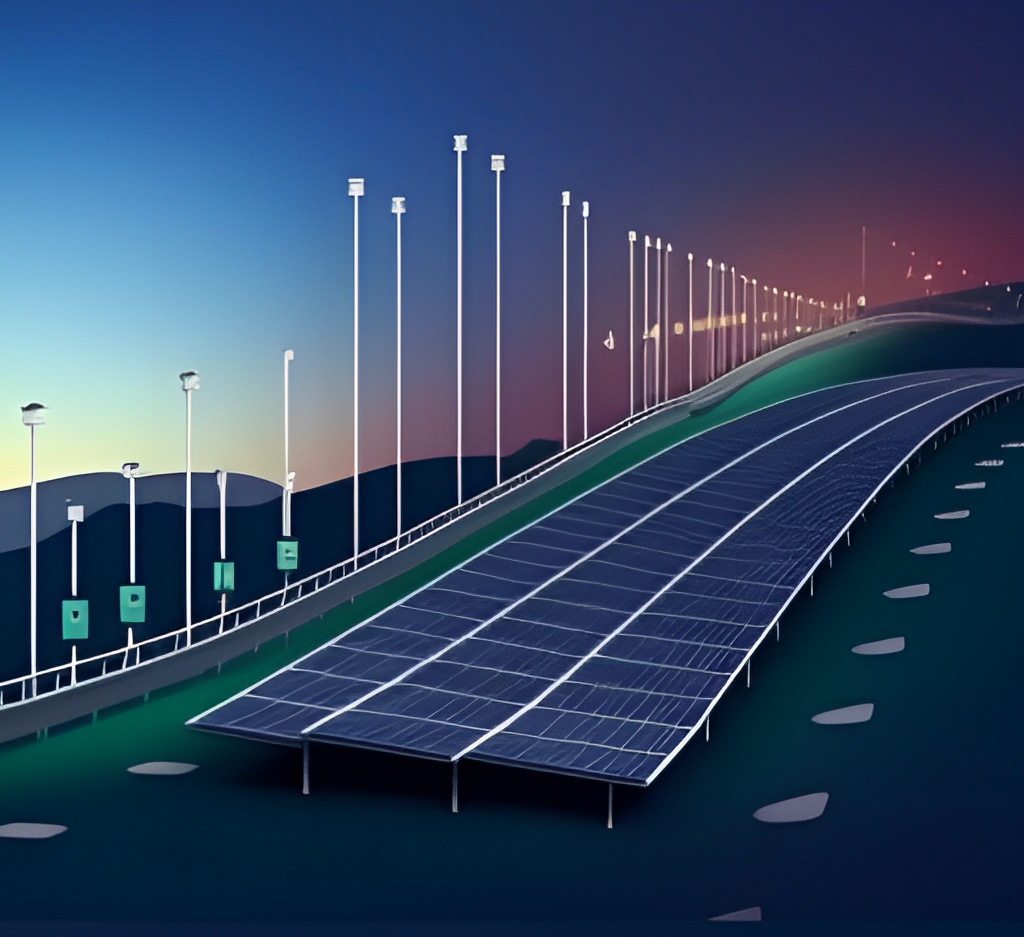
LAYERED GLASS (safety glass)
The plastic layer between the glass layers of a car windshield is typically referred to as the “PVB film” (Polyvinyl Butyral). This PVB film serves multiple functions, including reinforcing the glass’s structure, preventing glass from shattering upon impact, and aiding in preserving the integrity of the glass in case of an accident. It also acts as an intermediate layer that keeps the glass layers together so that if the glass breaks, the glass shards adhere to the PVB film and do not scatter, enhancing safety.
MOUNTING CONSTRUCTION SAFETY
Break pins, also known as safety pins or shear bolts, are mechanical fasteners designed to allow intentional breakage or separation under specific conditions. They serve as a safety mechanism in various applications, including machinery, vehicles, and equipment.
These pins are typically designed to bear a certain load but break or shear when the load exceeds a certain threshold. This can help prevent damage to other parts of a system, such as stopping a machine before serious damage occurs or releasing a safety feature when necessary.
Break pins are often used in situations where it is crucial to ensure the safety of people, equipment, or processes, and where controlled breakability of a fastener is desired to prevent accidents or damage.


ANTI REFLECTIEVE COATING AND IRRADIATION SIMULATIONS
Optimizing the positioning of solar modules to minimize sun glare is a crucial aspect of designing large-scale solar energy projects, especially in locations where glare is undesirable, such as airports like Schiphol. One of the powerful tools used to achieve this is irradiance simulation.
Irradiance simulation is an advanced technique that utilizes software to model solar irradiance throughout the year at the intended location of the solar panels. This includes the angle of incident sunlight, the movement of the sun throughout the day and year, and other factors like terrain obstacles. Through this simulation, solar energy experts can accurately determine where and how solar panels should be placed to minimize glare.
Special attention is paid to areas where glare could potentially be hazardous, such as near airport runways. This involves not only considering the positioning of the solar modules but also assessing the impact of any reflections on pilots and road users.
In addition to the positioning of solar panels, other preventive measures are considered, such as applying anti-reflective coatings on the solar panels themselves. These coatings reduce the reflective properties of the glass on the solar panels, further minimizing the risk of glare.
The project at Schiphol Airport is an excellent example of how solar energy experts collaborate closely with airport authorities to implement sustainable energy solutions without compromising safety. The combination of irradiance simulations and anti-reflective coatings ensures that the solar panels perform optimally while safeguarding the safety of road users and air traffic. This demonstrates how advanced technology and meticulous planning can come together to create a more sustainable future without sacrificing safety and efficiency.

